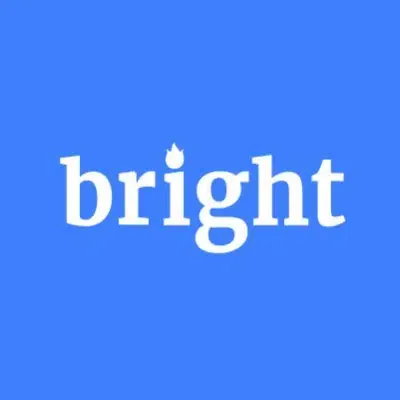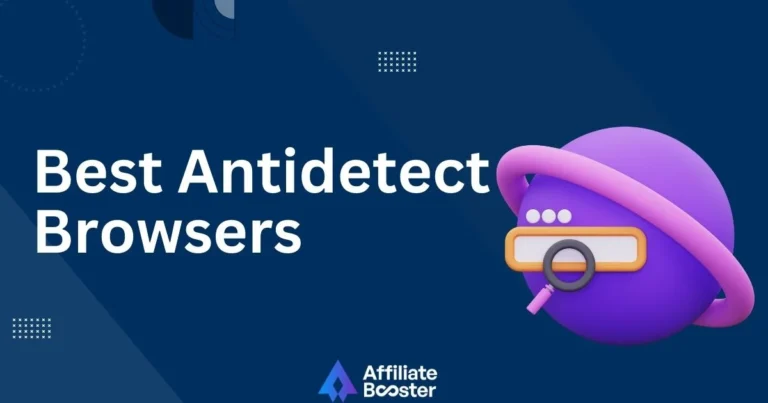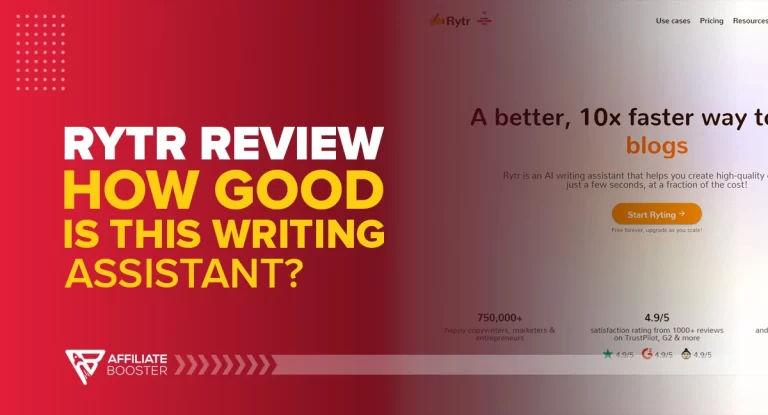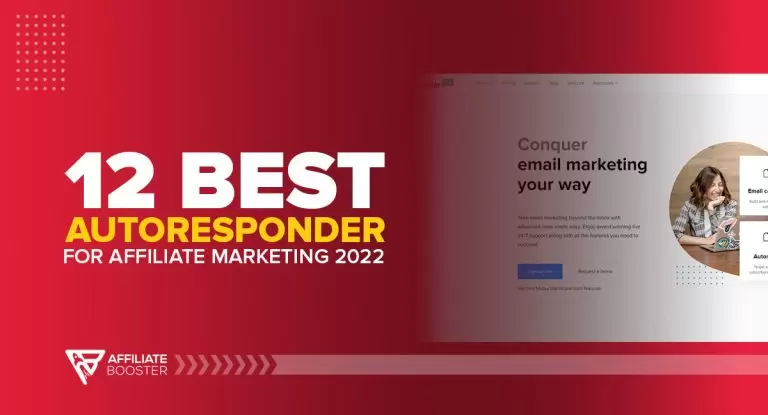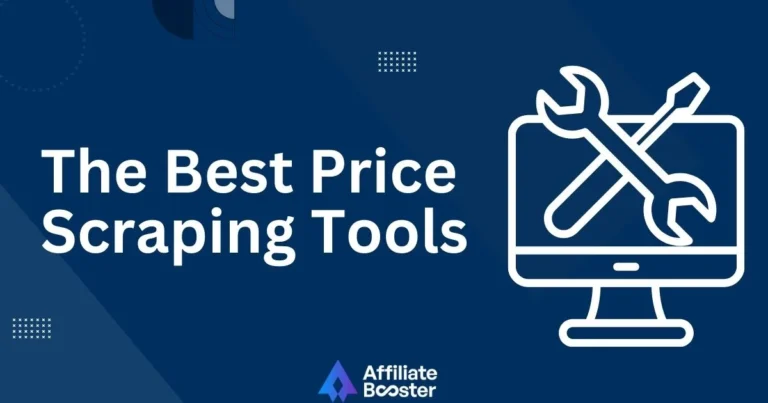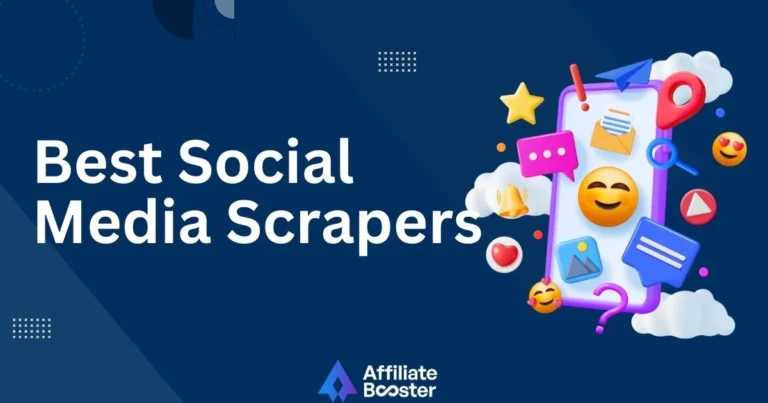Oxylabs
- Big proxy network
- AI-powered tools
- Fast and reliable
- Great for large-scale scraping
Bright Data
- Huge global proxies
- smart automation
- Ethical scraping
- Best for precise data
Scraper API
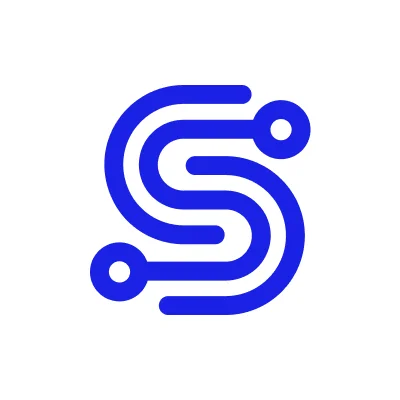
- Easy-to-use API
- Auto proxy rotation
- Solves CAPTCHAs
- Best for developers & startups
Want a quick answer? When it comes to the Best Web Scraping APIs, most people consider Bright Data and Oxylabs as top choices
Getting data from websites is tough—CAPTCHAs, rate limits, and dynamic content cause issues. Web scraping APIs simplify this with automation and built-in proxies.
The best APIs handle these challenges smoothly, but not all perform equally. Some struggle, while others make scraping seamless.
In this guide, I’ll cover the 8 best web scraping APIs of 2025, their strengths, limitations, and the best fit for you.
What is Web Scraping API?
A Web Scraping API is a tool that makes extracting data from websites much easier by handling things like proxies, CAPTCHA solving, and data parsing.
When I first tried scraping manually with Python and BeautifulSoup, I hit roadblocks like IP bans and dynamic content that simple requests couldn’t handle.
Then, I tried tools like ScraperAPI and Bright Data, which automated those headaches. Just send a URL, and they deliver clean, structured data—no stress. It’s been a lifesaver, especially for scraping e-commerce product details and real-time stock prices. If you’re serious about web scraping, an API is a must!
10 Best Web Scraping APIs of 2025
1. Oxylabs Scraper API

Oxylabs' Web Scraper API is a powerful, all-in-one tool for seamless data extraction. Its standout feature, the Web Crawler, makes site-wide data collection easy by indexing all URLs on a domain or gathering data from multiple pages.
It also supports custom headers and cookies, giving you more control over scraping sessions and the ability to simulate different browsing scenarios.
Plus, the OxyCopilot AI assistant takes things up a notch by generating code for scraping requests and parsing instructions based on your input. With these tools combined, you can extract data from even the most complex websites with speed and accuracy.
Key Features:
- Handles JavaScript-heavy websites easily
- Offers real-time data delivery
- Rotating proxies and CAPTCHA solver included
- Great for e-commerce and search engine data
Pros
- Reliable for handling large-scale scraping tasks.
- Exceptional at bypassing complex anti-bot defenses.
- Supports dynamic content scraping with JavaScript rendering.
- Detailed analytics and reporting features.
- Extensive proxy pool with geo-targeting options.
- Scalable for enterprise-level operations.
- Comprehensive documentation and support.
Cons
- Expensive, suited for enterprise users.
- Requires technical expertise for optimal use.
2. Bright Data (Formerly Luminati)
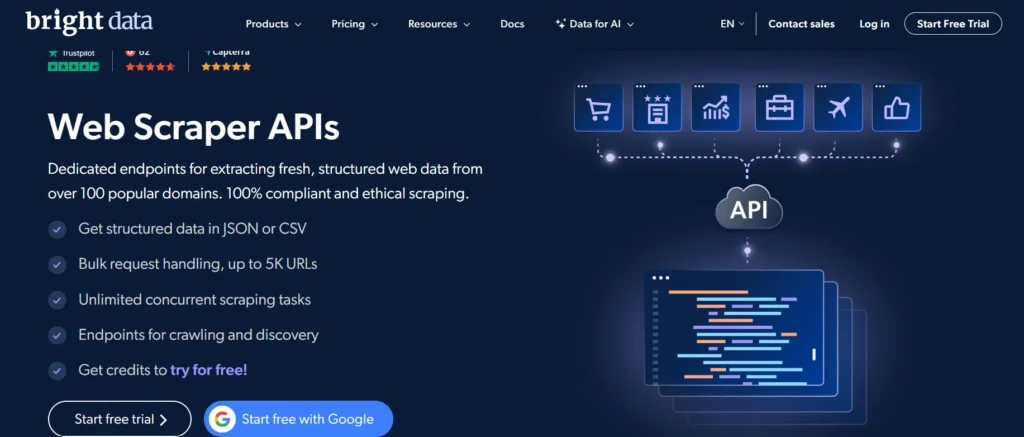
Bright Data's Web Scraper IDE is a developer-friendly, JavaScript-based platform for building scalable scrapers with ease. It includes pre-built JavaScript functions and templates for popular sites, saving time on development and upkeep.
A key feature is its unblocking solution, which tackles IP blocks and CAPTCHAs to ensure smooth data collection.
With flexible data delivery options like API, Webhook, Amazon S3, Google Cloud, Azure Storage, and SFTP, it’s versatile enough for various integration needs.
This makes it a reliable and adaptable choice for complex data extraction projects.
Key Features:
- Massive proxy network (residential, mobile, data center)
- Smart IP rotation
- Scraper tools for SERP, social media, and e-commerce
- Detailed data insights with low block rates
Pros
- Vast proxy network for secure and efficient scraping.
- Advanced targeting options for specific data collection.
- Excellent CAPTCHA-solving capabilities.
- Real-time data extraction for time-sensitive tasks.
- Scalable for small and large projects.
- Great customer support and comprehensive guides.
- Flexible pricing plans.
Cons
- High cost for large-scale projects.
- Requires some technical knowledge to configure.
3. ScrapingBee
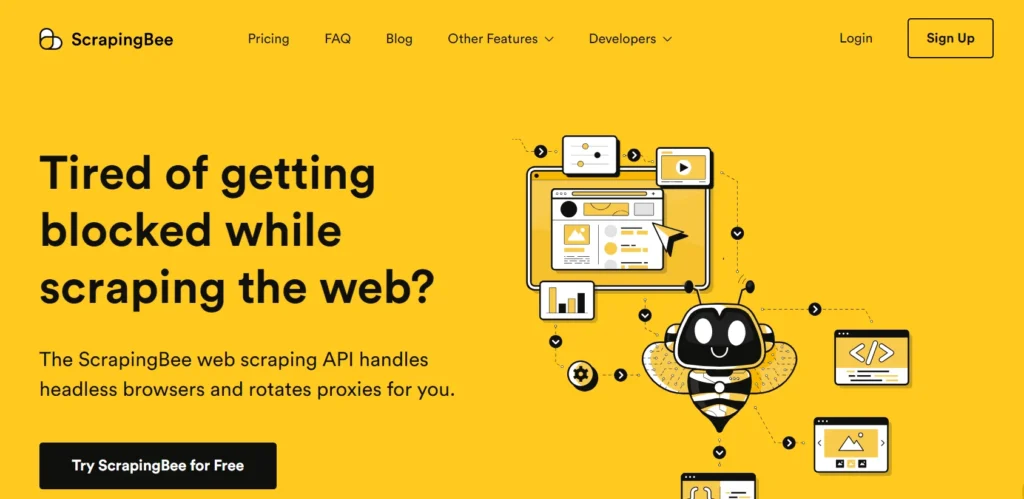
ScrapingBee is a hassle-free solution for developers working with JavaScript-heavy websites. It takes care of browser rendering and proxy rotation automatically, so you can focus on extracting data without worrying about dynamic pages.
The API also supports custom headers and cookies, making it easy to replicate real browser behaviour.
Its usage-based pricing is flexible enough for both small projects and larger operations, though it might not have all the advanced features needed for extremely complex scraping tasks.
Key Features:
- Bypasses bot detection
- Supports JavaScript rendering
- Simple API with fast response times
- Pay-as-you-go pricing model
Pros
- Automated proxy rotation and browser rendering.
- Great for dynamic websites with heavy JavaScript.
- User-friendly and easy to integrate.
- Affordable pricing for small-scale projects.
- Offers a free trial for testing.
- IP rotation to avoid bans.
- Excellent for developers and technical teams.
Cons
- Limited for extremely large-scale scraping.
- It may lack advanced customization features.
4. Apify
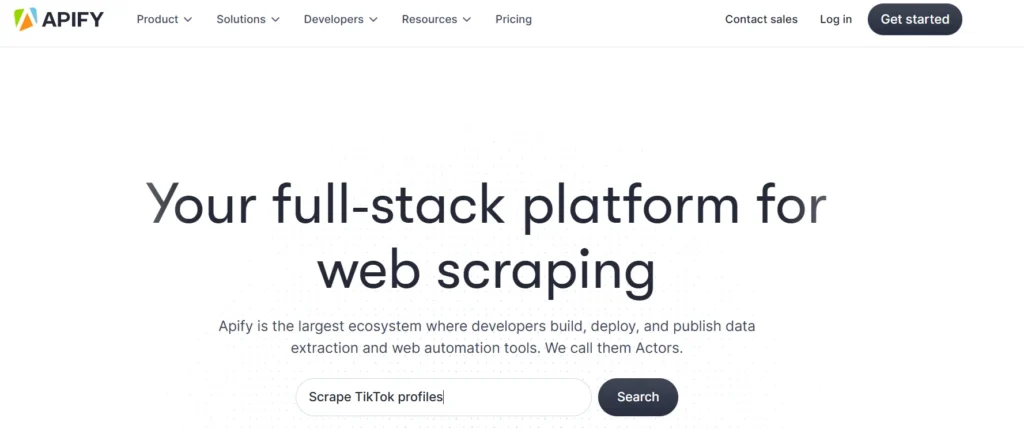
Apify stands out for its scalable scraping API and its library of pre-built tools known as Actors. These tools are great for users who’d rather not start from scratch when building their scrapers.
Its cloud-based platform makes it simple to schedule and automate data extraction tasks, saving time and effort. While it’s user-friendly and accessible for beginners, more advanced customizations may require some scripting skills.
Additionally, if you’re working on high-volume projects, the costs can add up over time. Overall, it’s a solid choice for flexible and automated web scraping.
Key Features:
- Lets you build custom scraping bots
- Easy to use with ready-made scrapers
- Scalable for large projects
- Great for automation and integration with other tools
Pros
- Pre-built tools for popular scraping tasks.
- Cloud-based, eliminating the need for local resources.
- Scalable for both small and large projects.
- Supports exporting data in multiple formats.
- Comprehensive API documentation.
- Excellent for non-technical users.
- Flexible pricing tiers for various needs.
Cons
- Advanced customizations may require scripting knowledge.
- Can become costly for high-volume users.
5. ScraperAPI
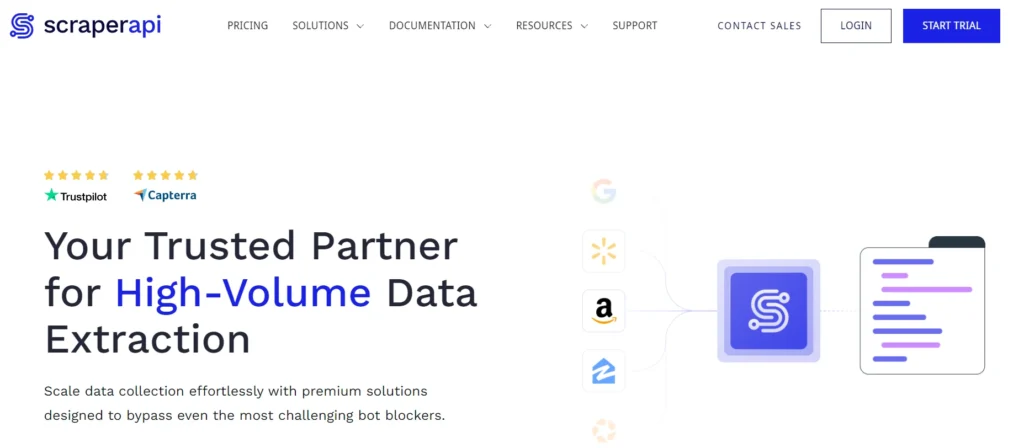
ScraperAPI is a flexible tool that helps with web scraping by automatically changing proxies, solving CAPTCHAs, and managing sessions. It is easy to use with different programming languages, which makes it popular among developers. It can also extract data from Google Search, Google Shopping, and various Amazon sites by including an extra parameter in the request. However, its location coverage is somewhat limited, supporting only 12 countries.
The API works well for scraping websites with changing content, and its pricing is based on how much you use it, making it suitable for both small and large projects.
However, it does not have detailed analytics or reporting features like some other scraping tools.
Key Features:
- Rotates IPs and handles CAPTCHAs automatically
- Works with any programming language
- High-speed scraping with 99.9% uptime
- No need to manage proxies or headless browsers
Pros
- Automatic proxy rotation and CAPTCHA handling.
- Easy integration with most programming languages.
- Scalable for small to large projects.
- Usage-based pricing makes it cost-effective.
- Supports geo-targeted scraping.
- Reliable for dynamic websites.
- Provides a generous free trial.
Cons
- Limited advanced analytics and reporting features.
- Relies on external tools for full scraping setups.
6. Zyte
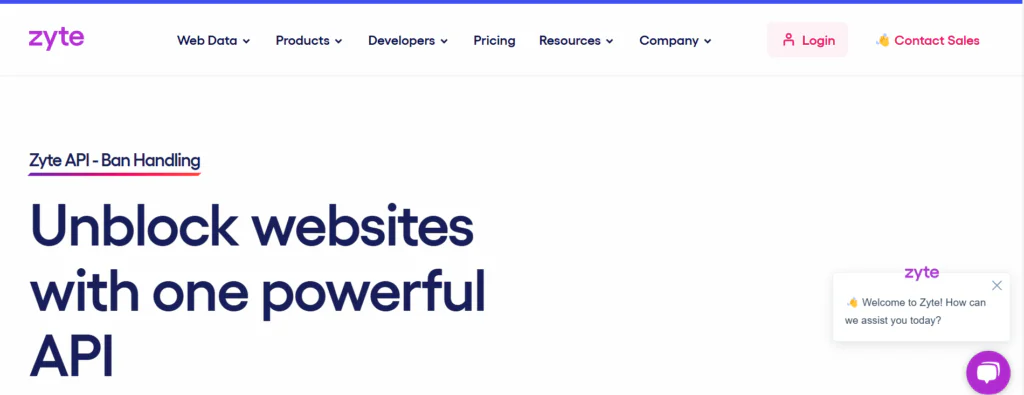
Zyte API is a powerful tool for web data extraction, offering a range of features that make scraping easier and more efficient. One of its key strengths is its ability to handle dynamic content using intelligent browser rendering, allowing it to extract data from JavaScript-heavy websites without issues.
It also supports customizable options like form automation and advanced scrolling, making it easier to collect specific data. Additionally, AI-powered scraping helps improve efficiency by reducing the need for manual adjustments.
With its combination of advanced technology and user-friendly design, Zyte API is a reliable choice for businesses looking to automate large-scale web scraping.
Key Features:
- Smart browser for hard-to-scrape sites
- Built-in data extraction tools
- Offers large-scale crawling and data pipelines
- Good for both developers and data teams
Pros
- Advanced proxy management for seamless scraping.
- Effective at handling rate-limited sites.
- Reliable for large-scale and long-term scraping.
- Supports geo-targeting and user-agent rotation.
- Provides excellent technical support.
- Simple integration with popular scraping libraries.
- Detailed logs and reports.
Cons
- Higher pricing for large-scale use.
- Requires integration with external scrapers.
7. DataDome

DataDome is a powerful security tool that uses machine learning to detect and block harmful bots in real-time. It has a detailed dashboard that helps businesses track and control bot activity easily.
Although DataDome is not a web scraping tool, developers need to know about it because many websites use similar anti-bot systems.
This makes web scraping more challenging, as these protections are designed to stop automated data collection.
Key Features:
- Focused on bot protection and anti-scraping
- Detects and blocks malicious bots in real time
- Used to protect websites rather than scrape
- Works well for security-conscious businesses
Pros
- AI-powered solutions for bypassing anti-bot systems.
- Excellent for highly secure websites.
- Real-time scraping capabilities.
- Comprehensive analytics dashboard.
- Seamless integration with popular tools.
- Offers CAPTCHA-solving automation.
- Reliable customer support.
Cons
- Expensive, tailored for enterprise users.
- Requires technical setup for advanced use cases.
8. WebScrapingAPI
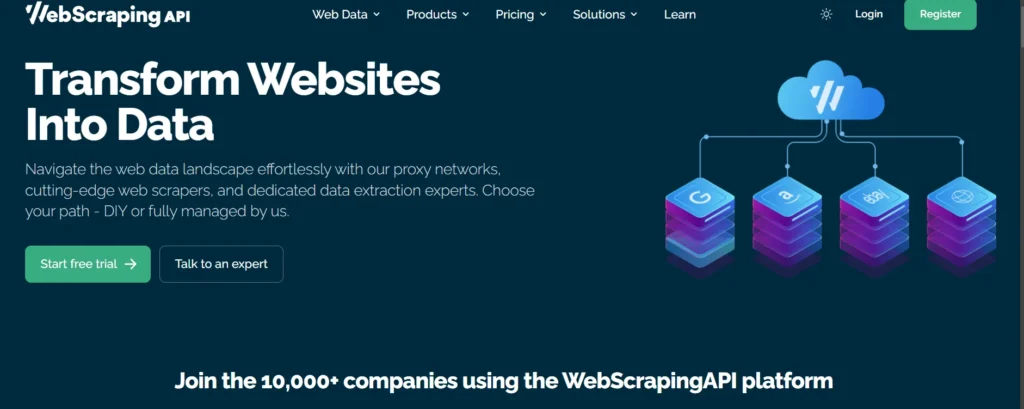
WebScrapingAPI is an easy-to-use tool for collecting data from websites with changing content. It has a built-in browser that can load pages with JavaScript, making it great for scraping complex websites like e-commerce platforms and social media.
It also supports geolocation, so users can access data from specific countries or regions, which is useful for price comparisons or market research. The API automatically handles CAPTCHAs and rotating proxies, reducing the risk of getting blocked.
It also provides custom headers and user agents, allowing users to mimic real browsing behaviour.
With its fast response times and scalable pricing, WebScrapingAPI is a great choice for both beginners and experienced developers looking for a reliable and hassle-free way to extract web data.
Key Features:
- Easy to use and beginner-friendly
- Supports JavaScript rendering
- Handles proxies and CAPTCHA automatically
- Real-time scraping with detailed logs
Pros
- Handles browser rendering and dynamic content effortlessly.
- Automated proxy rotation and CAPTCHA solving.
- Affordable pricing for smaller users.
- Supports integration with multiple programming languages.
- Easy-to-use API for developers.
- Offers a free trial for new users.
- Great for extracting structured data.
Cons
- Limited for enterprise-scale operations.
- Lacks advanced analytics and reporting features.
Quick links:
- The Best TikTok Scraper: My Top Picks✅
- Best Social Media Scrapers: Which Tool is Right for You🧐?
- Best E-commerce Scrapers🔥: Which One Wins?
- Best Google Maps Scrapers of 2024
FAQs
1. What is a web scraping API?
A web scraping API simplifies the data extraction process by handling tasks like proxy management, CAPTCHA solving, and dynamic content rendering, enabling users to focus on data analysis.
2. Are web scraping APIs legal?
Web scraping APIs are legal for extracting publicly available data. However, it’s essential to comply with website terms of service and local laws.
3. What features should I look for in a web scraping API?
Key features include proxy rotation, CAPTCHA handling, dynamic content scraping, scalability, geo-targeting, and ease of integration.
4. Are free web scraping APIs effective?
Free APIs may work for small-scale tasks but often lack advanced features, speed, and reliability. Paid APIs are more robust and scalable for professional use.
Conclusion
Web scraping APIs are powerful tools for automating data extraction. For 2025, Oxylabs, Bright Data, and ScrapingBee are top-tier choices for their reliability and scalability.
Tools like Apify, WebScrapingAPI, and Zyte offer user-friendly and affordable solutions for small to medium-sized projects. When selecting a web scraping API, consider your technical expertise, project scale, and budget to choose the best fit for your needs.


